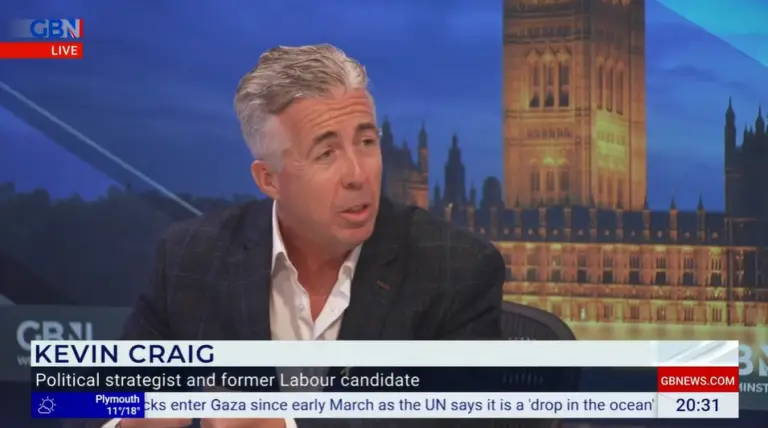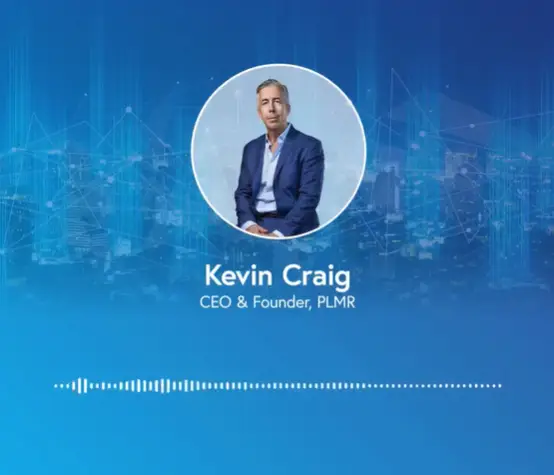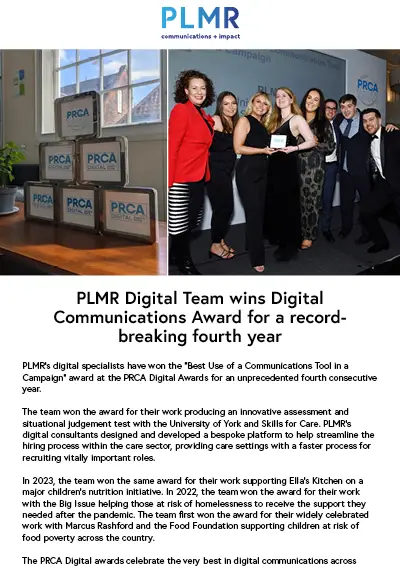As a designer, I have the sometimes tricky job of navigating not just complex briefs, but the personal opinions and tastes of my clients. It’s easier when I have a set of brand guidelines on my side, but there are some occasions where opinions on something as supposedly simple as colour come into play. At the end of the day, I encourage my clients to put personal opinion aside (to a degree) and focus on what matters with design: communicating coherently and—as much as you can—without words. In this blog I discuss colour theory, and explore what you can subtly say in your comms with a few examples of colour.
Why Colour Theory Matters
Colour theory is described by the Interaction Design Foundation as “the study of how colours work together and how they affect our emotions and perceptions”.
And indeed they do affect us. Studies show that we innately respond to certain colours, with effects such as changes in heart rate, hormone levels, heightened alertness, or a sense of calm. Of course colour associations vary across cultures, but let’s explore some commonly used colours and their widely understood impact.
What Colours Communicate
Let’s start with the most striking…
Red. This colour has become the shorthand for danger, but also attraction. In design, we use red sparingly to call attention to important elements, or evoke alarm (alarm systems are almost always red). This is because you can spot it easily, and because we tend to have innate alertness and heightened heart rate in response to red. One theory is we respond this way because it is the colour of blood, and seeing blood where you shouldn’t is usually an indication that something has gone horribly wrong, hence the need to spring into action.
Yellow. Associated with warmth, joy and happiness due to an obvious connection to the sun. We also associate it with attention and potential hazards (think traffic signs and vests).
Blue. This is the colour most predominantly seen amongst corporate comms because it is associated with calmness and trustworthiness. Bright blues can grab attention a little more and even keep us awake, which could be why Facebook, Bluesky and the platform formerly known as Twitter used it.
Green. Due to its links with nature green can a) create a sense of calm and b) become wildly overused in ESG (Environmental, Social, and Governance) comms. So impactful is the unspoken power of green, that it is part of the EU’s attempts to regulate companies in preventing “greenwashing” (when an environmental claim made about a business, product or service is untrue or misleading). As this regulation develops, brands will be challenged to communicate ESG initiatives without green or traditionally “eco” symbols, and even specific language.
Final Thoughts
These are just a few ways in which you can talk without words. I would always encourage comms professionals and clients alike to consider the goals of a design, and ways in which we can reduce wording and still effectively communicate. Design is very powerful when used correctly.
If you’d like support in shaping your comms and designs to truly speak for you, reach out to the experts.





